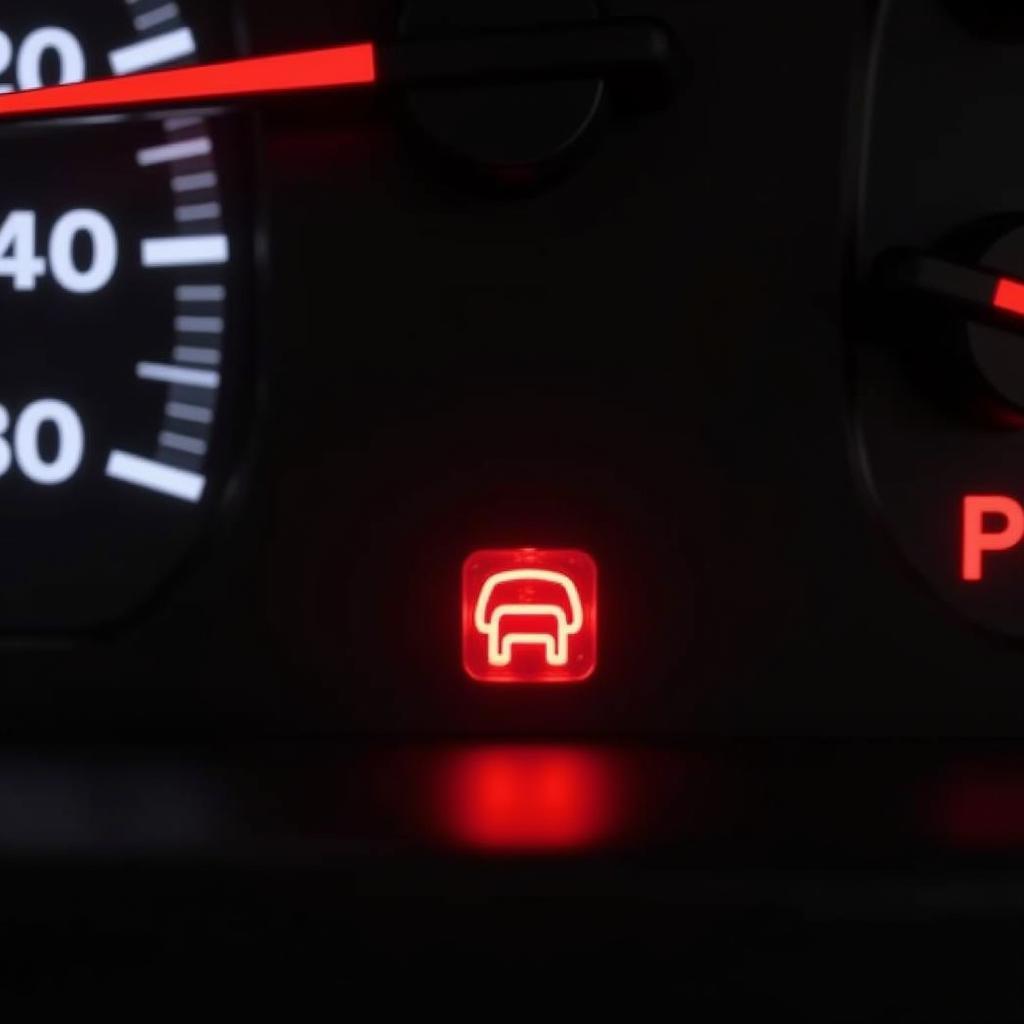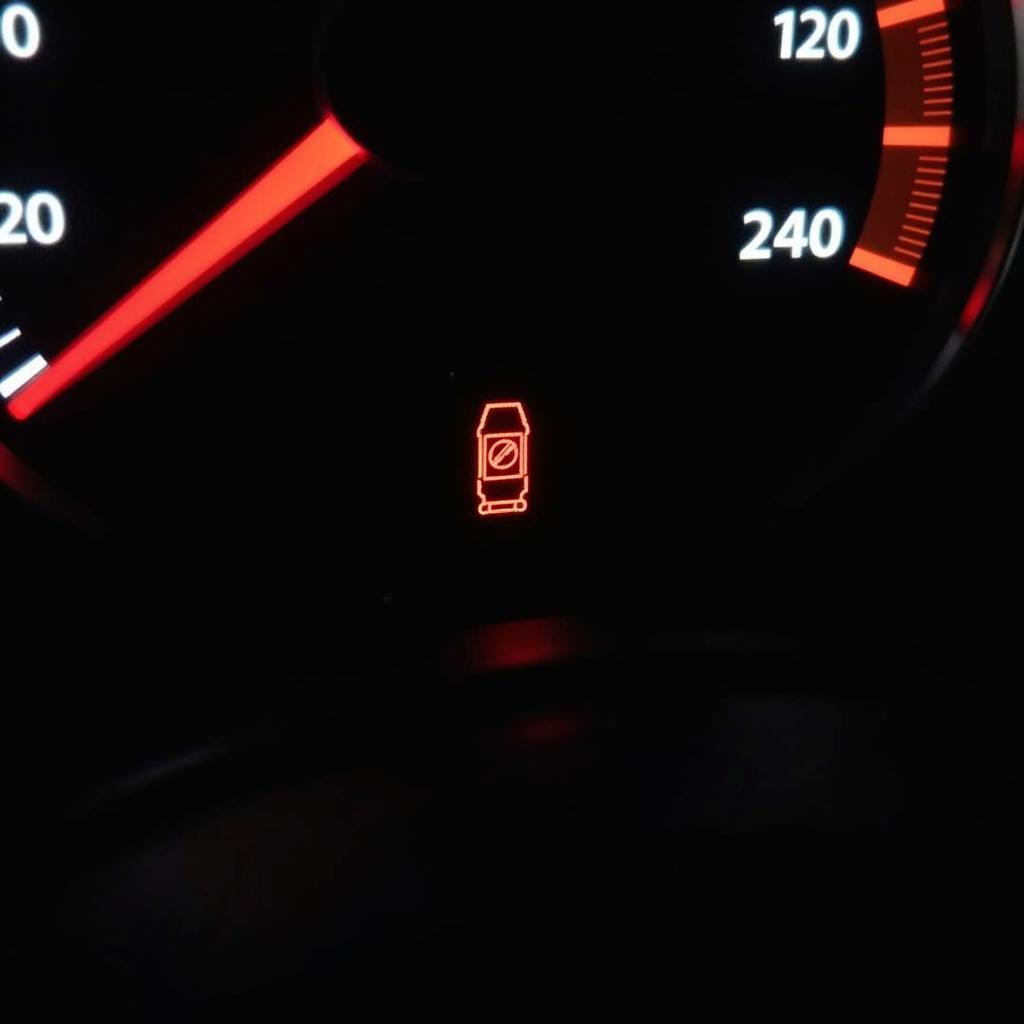The dreaded bmw e39 brake pad warning light can be a source of anxiety for any driver. Understanding why this light illuminates and how to address the issue is crucial for maintaining your E39’s safety and performance. This comprehensive guide will explore the common causes, diagnostic procedures, and solutions for dealing with the bmw e39 brake pad warning light.
 BMW E39 Brake Pad Warning Light Illuminated
BMW E39 Brake Pad Warning Light Illuminated
The bmw e39 brake pad warning light is part of your car’s essential safety system. It usually indicates that your brake pads have worn down to a point where they need replacing. However, other issues can sometimes trigger the light, such as a faulty sensor or wiring problem. Ignoring this warning can lead to costly repairs and compromise your safety. You can find more information about general BMW brake light warnings at bmw brake light warning.
Understanding the BMW E39 Brake Pad Warning System
The E39 utilizes a sensor located within the brake pad assembly. This sensor is a small wire embedded in the friction material. As the brake pads wear down, the sensor wire eventually makes contact with the brake rotor, completing a circuit and illuminating the warning light on your dashboard.
Common Causes of the Warning Light
While worn brake pads are the most common culprit, other factors can trigger the bmw e39 brake pad warning light:
- Worn Brake Pads: This is the primary reason for the warning light.
- Faulty Sensor: The sensor itself can malfunction, triggering the light prematurely.
- Damaged Wiring: A broken or frayed wire leading to the sensor can cause intermittent or constant illumination.
- Brake Fluid Level: A low brake fluid level can sometimes trigger the brake pad warning light, although this is usually accompanied by a separate brake fluid warning light. For more on this, see our guide on bmw e39 brake fluid warning light.
Diagnosing the Problem
Diagnosing the issue involves a few simple steps:
- Visual Inspection: Check the brake pads visually for wear. If they appear thin, they likely need replacing.
- Check Sensor Wiring: Inspect the wiring connected to the sensor for any damage or breaks.
- Check Brake Fluid Level: Ensure the brake fluid reservoir is topped up to the correct level.
Replacing Brake Pads and Resetting the Warning Light
Replacing brake pads is a relatively straightforward procedure, but if you’re not comfortable working on your car, it’s best to consult a qualified mechanic. After replacing the pads, you’ll need to reset the bmw e39 brake pad warning light. You can find more information on resetting the light in our dedicated guide on bmw e39 brake pad warning light reset. For general information on clearing BMW brake warning lights, check out clear bmw brake warning light.
Why is my BMW E39 brake pad light on?
The most common reason is worn brake pads.
What does the brake pad warning light look like?
It’s typically a circular symbol with segmented lines representing the brake pad, often illuminated in yellow or red.
Can I drive with the brake pad warning light on?
While you might be able to drive a short distance, it’s strongly advised against it. Continuing to drive with worn brake pads can damage the rotors and compromise braking performance.
Conclusion
Addressing the bmw e39 brake pad warning light promptly is crucial for maintaining the safety and performance of your vehicle. By understanding the warning system and following the diagnostic steps outlined in this guide, you can ensure your E39’s braking system remains in top condition. Remember, regular maintenance and timely repairs are essential for a safe and enjoyable driving experience. You might also find relevant information related to brake warning lights on other car models, such as the dodge challenger brake warning lights.


